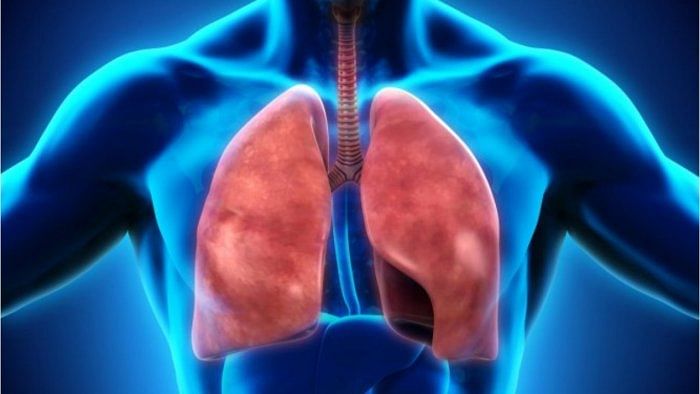
Chronic Obstructive Pulmonary Disease (COPD), initially known as the smoker’s disease, has been witnessing a steep rise in the number of occurrences in India. Nowadays, people who aren’t active smokers are also falling prey to COPD.
As a matter of fact, this disease is the third most leading cause of fatalities worldwide, with 3.23 million deaths alone in 2019. It is more prevalent in areas with severe air pollution and low air quality index.
According to the Global Burden of Disease Study, women are more likely to be affected by air pollutants, whereas smoking and various occupational hazards directly impact men more.
What is COPD?
COPD is a relatively common, long-term and treatable condition that makes it difficult for a person to breathe. The term is also used synonymously for Emphysema and Chronic Bronchitis.
Emphysema occurs from prolonged lung tissue damage and destruction of the alveoli (tiny air sac). This obstructs and reduces the absorption of oxygen, leading to shortness of breath. The lungs also stretch out and lose their springiness from this condition. Leading risk factors include exposure to air pollution, smoking tobacco and marijuana frequently, etc.
Chronic Bronchitis, simply put, is the severe long-term inflammation of the bronchi. The person is at risk of lung infections and damage. Common symptoms include excessive cough, chest discomfort, mucus from coughing (expectoration) etc.
COPD has various stages based on its severity. The classification or grading system used by medical professionals is known as the GOLD staging. The determining parameters of the same are:
Exhibitory symptoms
Seriousness of COPD
Hospitalisation from COPD
Spirometry test results (checks the amount of air and the pace at which one can exhale). There are two measurements for this
Forced vital capacity (FVC)- the maximum amount of air one can breathe out after deep inhaling.
Forced expiratory volume (FEV-1)- the amount of air one can exhale in 1 second.
This helps healthcare practitioners to provide better treatment and care to the patient.
GOLD Stage 1: Early
Here, a person might not even be aware of their COPD condition. The FEV-1 may range between 80-100 per cent. Typical signs are cough, mucus production, which one may easily confuse for common flu. Treatment options generally include bronchodilator medicines. These need to be inhaled using a nebuliser to open up the lung airway.
GOLD Stage 2: Mild
FEV-1 level drops to 50-79 %. Along with severe cough, increased mucus production, there is shortness of breath when doing high-intensity workouts or walking. If the condition is acute, the doctor may recommend steroids or oxygen intake.
GOLD Stage 3: Severe
In this case, FEV-1 is dangerously somewhere between 30-50%. There may be frequent cold, sickness, tightening of chest, swollen ankles, wheezing in addition to the previous symptoms.
GOLD Stage 4: Very severe
During this stage, one runs the risk of developing heart or lung failure. Oxygen levels are low, and FEV-1 is below 30 per cent. The frequent flare-ups, breath shortness, can be fatal.
In all probability, the patient will require surgery, lung transplant, lung volume reduction, bullectomy, etc.
Having severe COPD lowers the quality of life and reduces expectancy. There is no absolute cure to this, but one can make lifestyle changes to prevent the same.
Stop smoking at all cost
Take necessary precautions for occupational hazards
Wear masks to avoid dust particles and fumes
Do breathing exercises to improve lung functionality
Exercise
Get frequent health check-ups
Have a healthy diet and drink plenty of fluids
Keep your surroundings clean
(The writer is a pulmonologist and sleep medicine expert.)